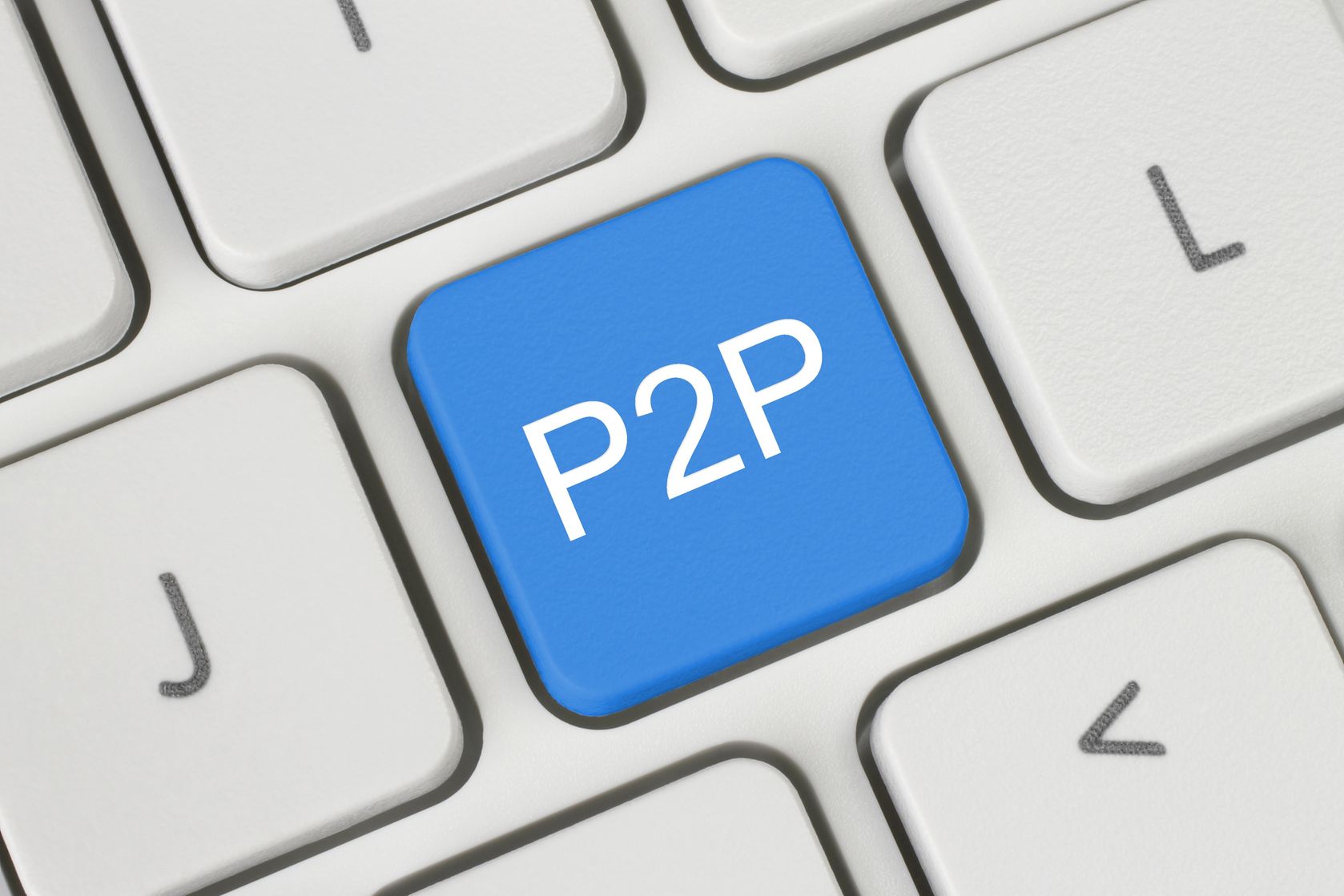In the last decade or so, peer to peer (P2P) lending has emerged as an alternative to traditional lending. The sole purpose of these peer to peer lending platforms is to bring would-be borrowers together with investors who are willing to issue loans. They can be regarded as eBay’s financial counterpart, but the bonus is that the investor doesn’t have to deal with the investor directly. The P2P lending platforms have the responsibility of handling all the transactions, which means determining the eligibility of the loan to setting fees and rates to processing payments. For borrowers, the primary appeal of P2P lending is that they can enjoy lower interest rates than traditional lenders such as banks and credit unions.
There are other advantages that P2P borrowers can also enjoy such as quick and easy application process and this makes it easier for them to look around for the best deal. In addition, it is also gentler on your credit score as opposed to traditional loans. Shopping for a loan at a peer to peer lending platform involves two basic steps. First, you have to provide answers to some simple questions such as your name, date of birth, address and annual income, along with your credit score. The lender uses this information to decide what kind of loan to offer you.

You can choose from the options provided by the lender. After your selection, the P2P lender will conduct a more detailed check and may ask you to provide additional background information and verify your income. The lending criteria of every P2P lending platform varies, which includes requirements for additional information or minimum credit scores Some lenders will ask borrowers to provide details about financial assets, work history or even educational background. You can provide these documents to the lenders electronically.
After the required information has been provided, the lending decision is assessed and finalized. This process can take anywhere between a few days to a week, depending on the criteria of the lender and the loan amount. If the loan is approved, a payment procedure has to be set up and the loan amount is transferred into your account within a few days. This makes it much faster than your traditional loans.
The interest rates charged by the peer to peer lenders span a wide range and they depend on the borrower’s income, credit score and other factors considered in the application process. You can use a P2P loan interest rate calculator to get an estimate of the interest rate that will be charged from you for a specific amount. Origination fee is also charged by P2P lenders, similar to their traditional counterparts and they can also vary as per the loan amount. You should also bear in mind that some lenders may charge a penalty if you pay early. Others may charge penalties or serving fees if payments are late, check bounces or automatic withdrawals fail.
Always read the fine print before you sign up with a peer to peer lending service.




